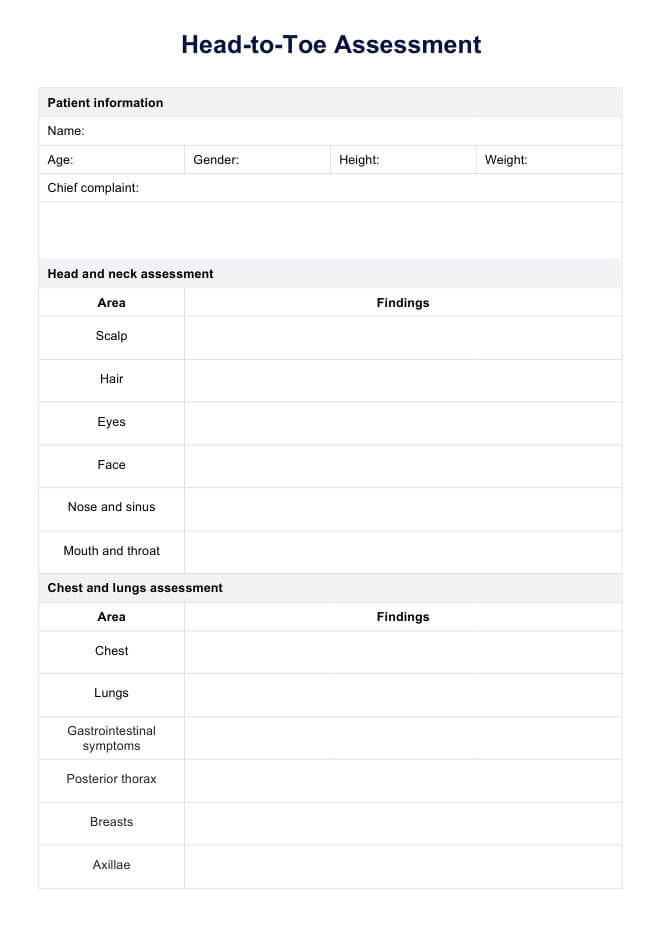The WEMWBS measures overall mental well-being, focusing on emotional, psychological, and social functioning over the past two weeks.

WEMWBS Template
Commonly asked questions
WEMWBS is an effective tool, supported by psychometric testing, for assessing mental well-being with strong reliability and validity across a diverse population sample.
A higher score on the WEMWBS, closer to 70, indicates better mental well-being, reflecting positive mental health and functioning.
EHR and practice management software
Get started for free
*No credit card required
Free
$0/usd
Unlimited clients
Telehealth
1GB of storage
Client portal text
Automated billing and online payments











